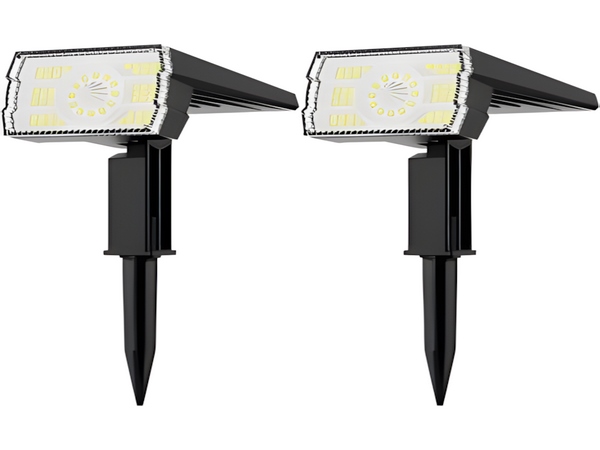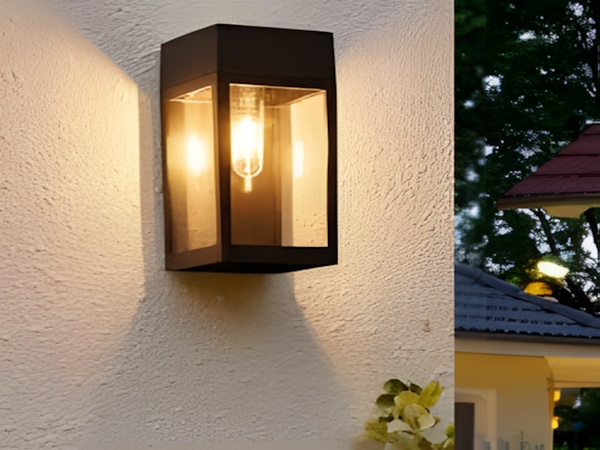

LED Street Lights
are one of the most common types of street lighting in everyday life. However, many people are not particularly familiar with the design of LED street lights. From the perspective of power supply design, how should it be approached?
For LED street lights, it is essential to choose a constant current power supply.
During the actual design of the LED street light power supply, various types of lighting materials will be used. The characteristics of these materials will determine their sensitivity to environmental influences. For instance, temperature fluctuations are gradually increasing, leading to an increase in current. As voltage rises, the overall current may rapidly increase in a short period. Operating for long periods above the rated current will significantly shorten the lifespan of the lighting. Therefore, it is crucial for LED street lights to ensure a constant current. Additionally, during fluctuations in temperature and voltage, it’s vital to maintain stable working current values.
Consistency of the LED street light power supply’s current is important.
In the market for LED street light power supplies, there is still a significant variance in current consistency. As seen in the recommended solutions, the current error can typically reach about 8%. If this error is particularly large, it is generally required to be around 3%. Therefore, it is advisable to follow a design scheme with a 3% error margin to avoid potential issues.

The working voltage of the LED street light power supply is generally between 3 volts and 3.5 volts. Most tests indicate that the majority operate at around 3.2 volts, which is a reasonable calculation method.



